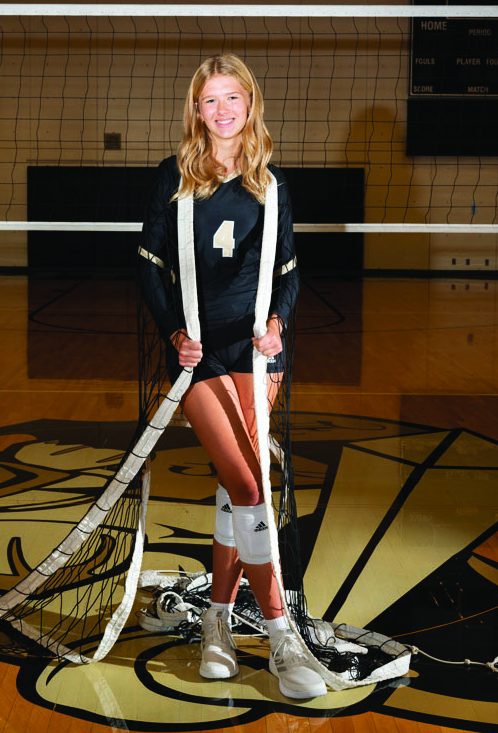LSE Fall Art Show
Students showcase artwork made during the fall semester
December 23, 2022
On Dec. 8, 2022, the LSE Art Department held its annual fall art show for students to showcase their work created throughout the first semester. Student work from all art classes and levels such as drawing, pottery, photography, jewelry and digital drawings were displayed in the surrounding hallways and classrooms. Though one may think the exhibition is nothing more than just an opportunity to share one’s work with their peers, the show holds a deeper meaning of inclusivity and support.
In an article published by The Art of Education titled, “The Power of Displaying Every Student Art Piece,” author Matt Christensen writes, “All skill and experience levels are on the same playing field” and that “the peer dynamic in the room becomes less competitive and more supportive.”
When a community of fellow artists removes their personal subconscious hierarchy and views others as other artists who have a similar appreciation for their own creativity, the ability to admire others’ work changes into something more genuine.
LSE art teacher Melody Jones has been the head of the Art Department at LSE for 10 years. When she first started in the position, she wanted students to be able to demonstrate how hard they’ve worked throughout the semester by hosting an art show for the LSE community.
“One of the LPS standards for visual arts is [presentation]. Besides having students present their work to each other in class and teachers putting student work in some display areas, I felt like we needed an event that would allow students to present their work to a larger audience,” Jones said. “The art show provides the opportunity for parents, teachers, students and families of the artists to celebrate with us during this event.”
Along with presenting artwork, Jones believes that the show goes beyond surface level. The show allows for not just appreciation of the artwork, but for recognition of student’s skills and hard work.
“I feel it’s important for the students to have the opportunity to show their work. It’s like a choir, they practice and practice and then have a concert to be heard and recognized. It’s the same for [LSE] artists. They’ve worked all semester and how they get to have an exhibit for their work,” Jones said.
Because students each have a mind of their own that is presented in their work, each piece exhibited is not an exact replica of another. The differences are easy to spot, but there is one similarity amongst them all: the creative process.
“I love the idea that as an art instructor, I present a visual problem to solve and then the students go through the creative process of developing a final solution to that problem,” Jones said. “They do this through stages of saturation, envision, a-hah, and verification.”
Setting up the art show is no easy task. Students prepare by reviewing a semester’s worth of art and select which pieces they want in the show.
“Approximately one week prior to the show students will make their selections and do some prep work if needed of the art and also write an artist’s statement that is displayed with the artwork,” Jones said.
Aside from the physical preparations of the show, the atmosphere is an important factor that is a part of the show, too.
“[It] is full of energy, especially at the beginning of the show. Everyone is walking around and looking at the art and writing comments,” Jones said. “It’s an opportunity to celebrate all the work that is taking place in the art classes. It showcases all the work of our hard-working and talented artists.”
Although the art show is primarily focused on students, they aren’t the only people who feel the impact of their work being on display.
“My biggest takeaway from student artists is to see them be happy about their work and the progress that they make each semester,” Jones said. “Each student comes to the classes at their own personal starting point and depending on their work ethic and attitude, they leave the class at a higher level than where they started and that makes me happy for them.”
While the art show happens once every semester, that doesn’t mean the appreciation for student artwork dissipates once the show is over. The field of art is worth being celebrated and acknowledged all year round, and Jones believes art classes accomplish just that.
“I appreciate our schools for keeping the arts as an important part of our curriculum and graduation requirements. It is a great place for students to learn and develop skills that are different from the ones in other classes throughout their day,” Jones said.










